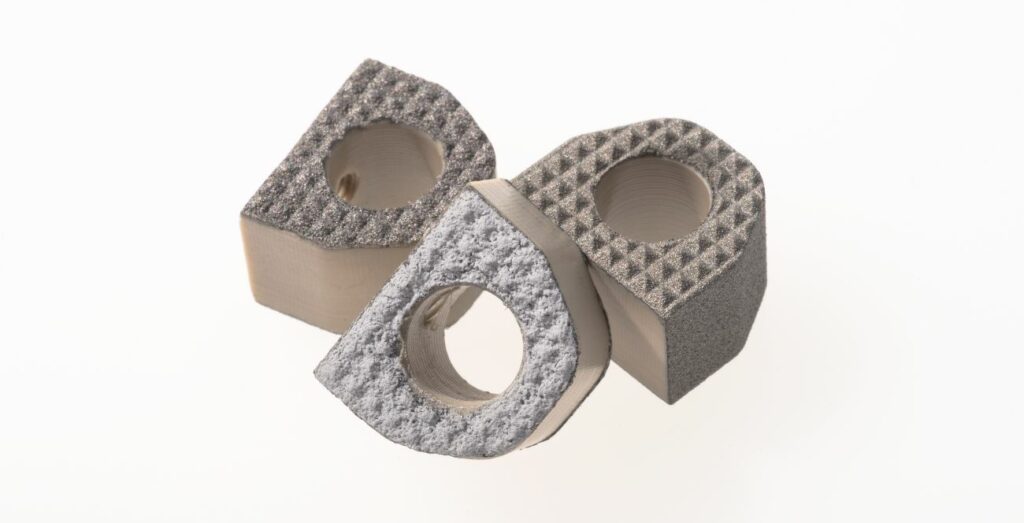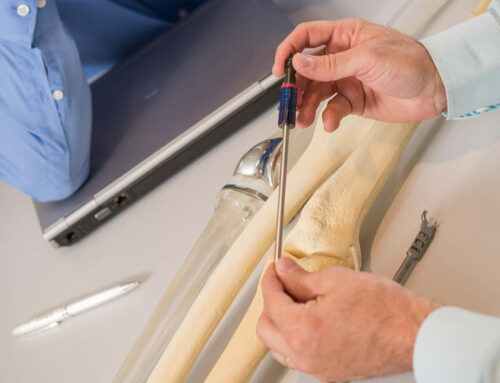March 24th, 2022 | Pierfrancesco Robotti MSc MBA has worked with Lincotek since 2005 and recently helped to build our presence in Wuxi, China. Now Technology and Business Development Manager, he gives an overview of some of the advances in Thermal Plasma Spray tech.
Thermal Plasma Spray (TPS) technology continues to advance. For over three decades now, it’s been widely used to apply osseo-integrative hydroxyapatite or titanium coatings on titanium alloys. With improved innovations and optimizations in technologies and processes over recent years, results have been impressive.
Take, for instance, a new type of hydroxyapatite coating, called Osprovit® G. It has all the typical benefits you’d expect from Plasma Sprayed HA coatings: bio-activity, mechanical solid interface and long-lasting endurance after implantation. All the properties that are essential for secondary fixation, in fact. But it also offers higher surface grip, which is potentially useful for primary fixation in certain clinical applications.
There’s also a titanium coating brand called TiGrowth®, which consists of a series of open and interconnected large-sized pores, arranged in a titanium matrix. The best way of thinking of it as a kind of titanium sponge. The product demonstrates truly unrivalled characteristics, with pore size of 250-800 µm, interconnected porosity of between 30 and 70% and a coating thickness of 600 to 1,100 µm. The good news is that maintains the excellent adhesion, cohesion and abrasion resistance that is so essential for othopedics. In-vivo experiments show that bone ingrowth is enabled in the coating, providing a fixed and tough interlock between the artificial prosthesis and host bone.
Another key advantage of TPS is its ability to safely match a coating in one material with a substrate made of another. In knee surgeries, CoCr is the leading used material, thanks to its superb wear-resistant performances, but it unfortunately lacks osseo-conductivity. As a result, cementless solutions based on a single CoCr material component can be impaired. TPS enables the application of a porous titanium coating on the back side of CoCr components, leaving the polished convex surfaces untouched.
With the right experience and know-how, TPS recipes can be tuned to be gentle enough to enable the coupling of a thermal sensitive substrate made of a polymer, with a coating made of titanium or hydroxyapatite.
And what about PEEK material? A titanium porous coating over a PEEK-based substrate became popular in recent years and is used for intervertebral body fusion cages, thanks to its radiolucency. Largely bioinert, PEEK can be combined with a bio-conductive surface which gives osseo-integrative features to the device, while preserving radiolucency, elasticity and weight.
At Lincotek, we’re proud to play an important role in the development of new technologies and are looking forward to the opportunities the future holds.







